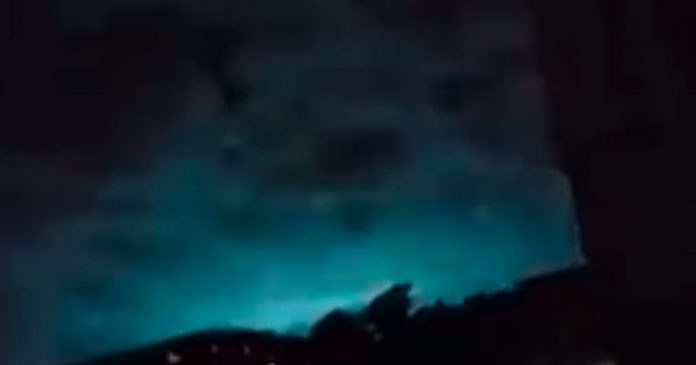Geologists led by Robert Thériault, a geologist with the Ministère des Ressources Naturelles of Québec, have determined the cause of earthquake lights and may be able to use the rare phenomenon to predict earthquakes before they happen.
Earthquake lights appear as luminous globes or flashes of light emitted from the earth prior to earthquakes that are the result of the movement of sub-vertical faults in 97 percent of the reported instances of the rare event.
The rubbing together of two plates of rock that have a chemical composition that could produce free electrons produces ionization of the gases in the air once the electricity produced by the rocks is emitted into the atmosphere. The proper angle to produce the release of electrons occurs in the movement of sub-vertical faults. The ionization of the gases in the air produces earthquake lights.
The researches examined 65 of the documented earthquake light events that occurred in the Americas and Europe between 1600 and the present. The earthquake lights are always seen before an earthquake. The majority of the earthquakes examined in the study were magnitude five or greater.
The researchers propose using earthquake light detection as an early warning of an earthquake event because the appearance of earthquake lights always precedes an earthquake by a day to a week based on historical records.















